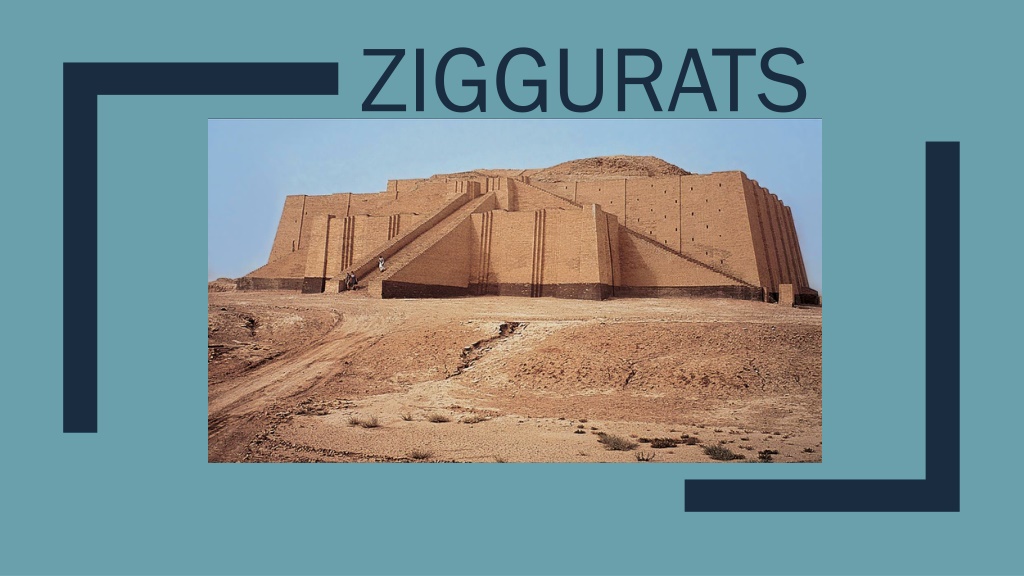Understanding Ziggurats: Ancient Mesopotamian Temples
Ziggurats were temple structures built by ancient Mesopotamian civilizations to honor their gods. These stepped pyramids served as dwelling places for the gods and were believed to be stairways for divine descent. The ziggurats, like the impressive one in Babylon, showcased the religious and architectural achievements of the time. While many have been lost to time, their significance in history remains noteworthy.
Download Presentation

Please find below an Image/Link to download the presentation.
The content on the website is provided AS IS for your information and personal use only. It may not be sold, licensed, or shared on other websites without obtaining consent from the author. Download presentation by click this link. If you encounter any issues during the download, it is possible that the publisher has removed the file from their server.
E N D
Presentation Transcript
What were Ziggurats? What were Ziggurats? A ziggurat was a temple the main god of a city. Each city in Mesopotamia had a primary god. The ancient Sumerians, believed their gods lived in the sky.
What were ziggurats? What were ziggurats? They were believed to be dwelling places for the gods A ziggurat could also be a stairway for gods to come down to the land By 2000 B.C. mud-brick ziggurats were being constructed in many Sumerian cities.
What were Ziggurats? What were Ziggurats? At the top of the ziggurat was a shrine to the god. The priests would perform sacrifices and other rituals here. They built them high because they wanted the shrine to be as close to the heavens as possible.
What did they look like? What did they look like? Ziggurats looked like step pyramids. They would have anywhere from 2 to 7 levels or steps. Each level would be smaller than the one before. Typically the ziggurat would be square in shape at the base.
What did they look like? What did they look like? Perhaps the largest ziggurat was the one at Babylon. Recorded dimensions show that it had seven levels and reached a height of nearly 300 feet. It was also 300 feet by 300 feet square at its base
Where are they now? Where are they now? Many of the ziggurats have been destroyed over the past several thousands of years. The famous huge ziggurat of Babylon was said to have been in ruins by the time Alexander the Great conquered the city in 330 BC Some ziggurats have been reconstructed or rebuilt























